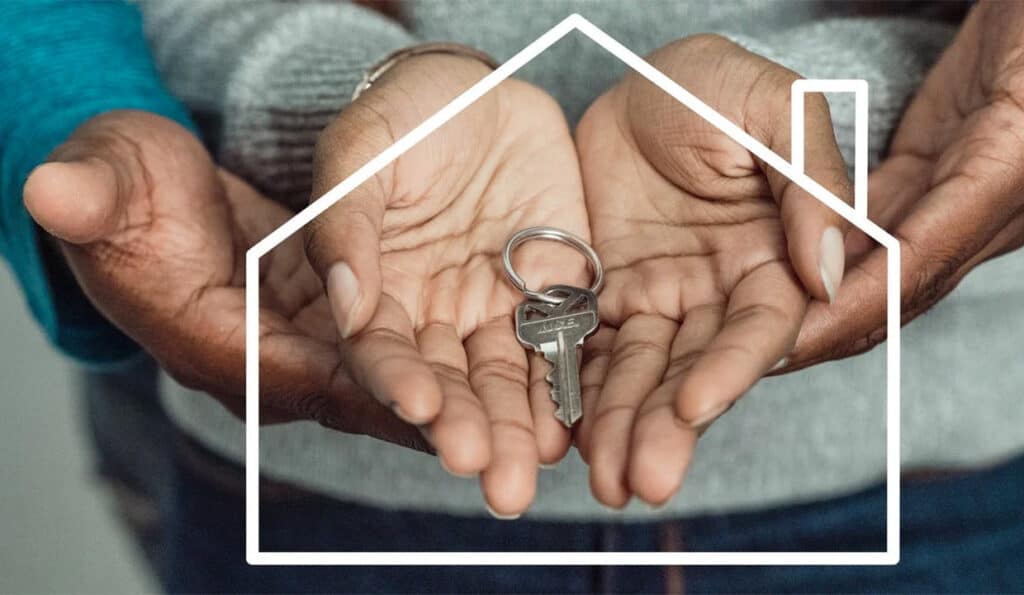
The gross non-performing real estate loans of Philippine banks booked a double-digit 15 percent increase to P121.6 billion last year from P105.36 billion in 2020 due to the impact of the COVID-19 pandemic.
Data from the Bangko Sentral ng Pilipinas (BSP) showed this translated to a higher gross non performing real estate loan ratio of 4.93 percent from 4.6 percent.
Likewise, statistics showed past due real estate loans booked a double digit 11.8 percent increase to P148.66 billion from P133 billion.
This after past due commercial real estate loans surged by 30.3 percent to P40.77 billion from P31.28 billion, while past due residential real estate loans inched up by a little over six percent to P107.88 billion from P101.72 billion.
Due to uncertainties brought about by the global health crisis, the gross non-performing real estate loans of Philippine banks went up by 15 percent to P121.16 billion last year from P105.36 billion in 2020.
Preliminary data released by the central bank showed loans and investments extended by the banking industry to the property sector inched up by 9.5 percent to P2.87 trillion in 2021 compared to a year-ago level of P2.62 trillion.
Lending to the sector went up by 7.3 percent to P2.46 trillion from P2.29 trillion. Commercial real estate loans grew by 6.8 percent to P1.56 trillion from P1.46 trillion, while residential real estate loans increased by 7.5 percent to P896.13 billion from P833.73 billion.
On the other hand, data from the BSP showed real estate investments in debt and equity securities jumped by 23.1 percent to P409.36 billion from P332.57 billion.
As a result, the exposure of Philippine banks and trust entities to the volatile property segment further increased to a 22.1 percent last year from 21.55 percent in 2020.
Despite the increase, the real estate exposure of Philippine banks and their trust departments was well within the 25 percent ceiling set by the regulator.
It would be recalled that the BSP Monetary Board raised the real estate loan limit of big banks to 25 from 20 percent in August 2020 as part of its COVID-19 response measures to free up P1.2 trillion in additional liquidity for lending amid the uncertainties.
To ensure that banks’ exposure to the property sector remains manageable, the BSP continues to maintain prudential measures including the real estate limit.
These measures also included the heightened surveillance of banks’ real estate and project finance exposures, and the real estate stress test (REST) thresholds for universal and commercial banks as well as thrift banks.
Earlier, S&P Global Ratings flagged the risks from the exposure of Philippine banks to the volatile property sector on the sustained recovery from the pandemic-induced recession.
Nikita Anand, primary analyst at S&P, earlier said that property market disruptions arising from the impact of the COVID-19 pandemic is a risk to the country’s full economic recovery.
“It’s a structural risk for the banking sector, around 20 percent of the loans are related to real estate markets. So any sharp property market slowdown will affect the financial performance of banks,” Anand said.
If you like this article, share it on social media by clicking any of the icons below.
Or in case you haven’t subscribed yet to our newsletter, please click SUBSCRIBE so you won’t miss the daily real estate news updates delivered right to your Inbox.
The article was originally published in The Philippine Star and written by Lawrence Agcaoili.







More Stories
Vista Land Celebrates 50 Years with Sandiwa: An Event Honoring Leadership, Legacy, and the Filipino Dream of Homeownership
Vista Land Celebrates Love Month in Ilocos Region
Vista Land Bridges Cebuano Heritage and Progress with Valencia by Vista Estates